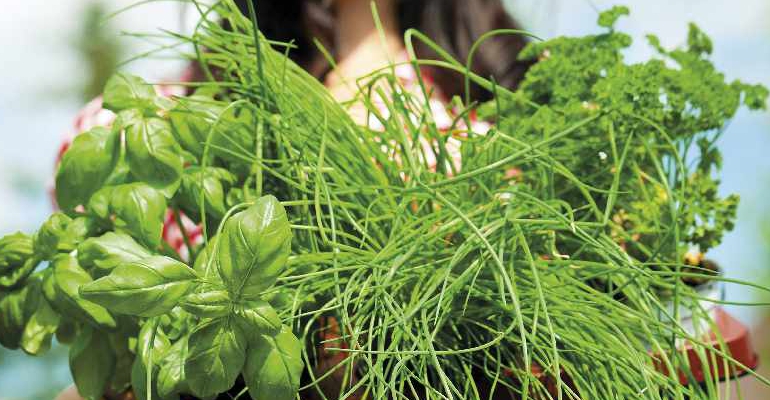
No garden is complete without a few herbs, writes Flo Whitaker. Herb gardens are beautiful and practical – and you don’t have to break the bank to make one
The earliest known gardens were constructed within a protective barrier of walls or hedges to deter animals or trespassers. Throughout history, horticulture and religious symbolism have kept close company and the idea of a garden based on an ‘Earthly Paradise’ is an ancient one, but the concept wasn’t just about plants.
Paradise gardens sought to provide sustenance for both the body and soul in a peaceful, enclosed space - safe from the dangerous world beyond. Trees and arbours to provide cooling shade were essential features, as were seats for conversation and contemplation.
However, the most important element in a paradise garden was life-sustaining water. Fish ponds and ‘dipping’ pools provided gardeners with an on-site water source, while ‘rills’ (narrow, gravity fed streams), were early examples of water features; combining functionality with artistic elements. Herb gardens are descendants of these paradise gardens.
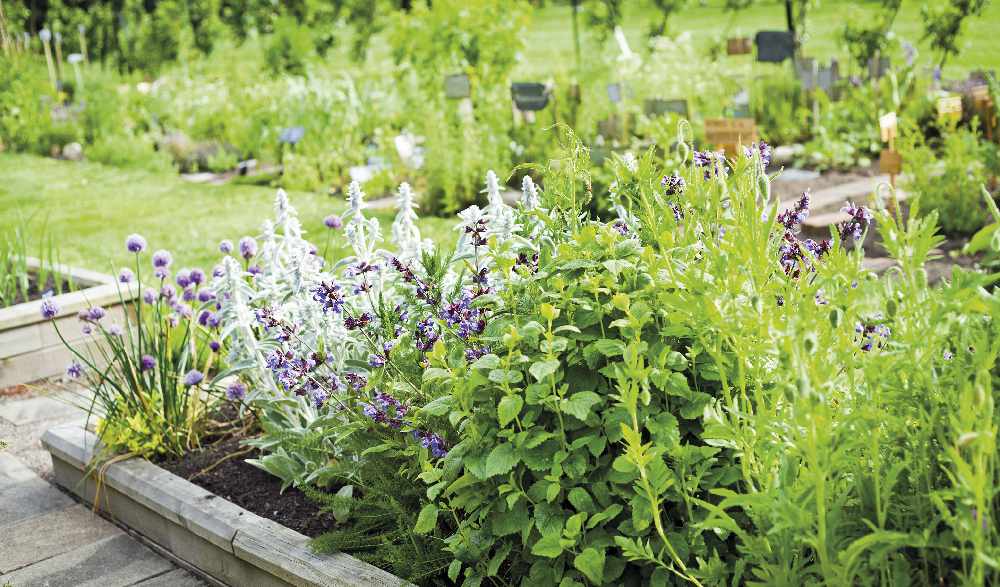
Monastic gardens were the pharmacies and laboratories of the medieval world. With a mostly illiterate population, the first herbal books were written by monks. An herbal publication was a complete instruction manual – a combined gardening book, cookery book and pharmacy journal. Drawings and descriptions of plants were set alongside notes on propagation, cultivation, medicinal uses and recipes for cures, (‘prescription’ comes from the Latin word ‘recipe’). It had long been realised that different plants required different habitats. That’s why the invention of subdivided flower beds was so clever and it remains a flexible, practical system for the modern gardener wishing to grow a wide variety of plants in a limited space. For instance, moisture-retaining leaf mould can be incorporated into one bed, while free-draining grit can be dug into the neighbouring compartment. Also, a network of paths between the beds makes access easier; ideal for tending crops that might require daily attention.
Over time, gardening became evermore scholarly. From the 16th century, botanical gardens started appearing throughout Europe and the notion of rigorous academic endeavour, with plants properly classified by type and grown in allotted spaces began to take hold. The regimented layout of the old monastic herbal was perfect for this new scientific era.
Herb gardens can be as fancy, (expensive!) or as simple as you like. Edged with wood, brick or stone, the beds are commonly laid out as a series of squares or rectangles; sometimes subdivided diagonally to create triangular shapes. An herb wheel, (a circular design with beds radiating from a central ‘hub’), is practical if space is limited – circles often fit into areas where squares won’t. Whatever style you choose, ensure the beds are level, otherwise soil/water will forever wash downhill and make a horrible mess.
Herb beds traditionally had barriers of brick or slate sunk 30 cms below the soil surface to stop roots migrating into surrounding areas, but this isn’t necessary, so long as you keep invasive herbs such as mint, lemon balm and comfrey in pots to curb their thuggish tendencies.
Some herbs are annuals; others die back in autumn, so think about how the space will look out of season. Terracotta edging or gravelled paths will embellish the scene, even in the middle of winter. Long-lived and fully hardy, bay can be clipped into an eye-catching topiary shape. A large decorative pot, (planted or left empty) placed at a central point or end of a path gives year-round visual impact.

An herb garden in a container is possible, providing you choose plants that are not over-vigorous and enjoy similar conditions. Try adding some salad-type crops too – a trailing tomato plant will thrive in a sunny window box planted with basil and a colourful thyme – there are many thyme varieties to choose from. Lettuces, chives, dill, coriander and parsley will happily grow in pots in light shade – cooler temperatures makes them slower to run to seed. Tiny alpine strawberries also prefer dappled shade. Frankly, I’ve never had much success growing maincrop strawberries in bespoke strawberry pots, (sometimes called ‘towers’). I find it impossible to get the watering right; moisture quickly runs through the top section, so the compost stays too dry, but fails to drain adequately at the base. However, strawberry pots are brilliant for herbs - position one by your kitchen door, perhaps? Plant the bottom tiers with shade/damp lovers; try violas, (for edible flowers) or different types of mint. Use the upper, drier levels for sun worshippers such as oregano and marjoram.
If you have a boring expanse of paving, lift alternate slabs and make a ‘chessboard’ of planting pockets. In a sunny situation, drought tolerant rosemary, lavender, thyme and sage will revel in impoverished free draining soil and the heat radiated by the surrounding masonry will enhance their fragrance.
Whether grown for culinary purposes or just ornamental effect, herbs should feature in every garden. In the 1980s, I was fortunate to travel through Egypt. Stopping in a remote village, my travelling companions and I gratefully sat in the shade cast by the derelict walls of a once-substantial building. The house was uninhabitable, but someone had made a tiny garden in the ruins. An area of beaten earth no more than two metres square was neatly bordered by an assortment of old food tins and plastic containers. Herbs and salads of various types were growing out of these repurposed flowerpots. Positioned at the centre was a water-filled dish.
Right on cue, a small bird appeared for a refreshing drink. That’s the beauty of gardening. You can create a little bit of paradise anywhere.
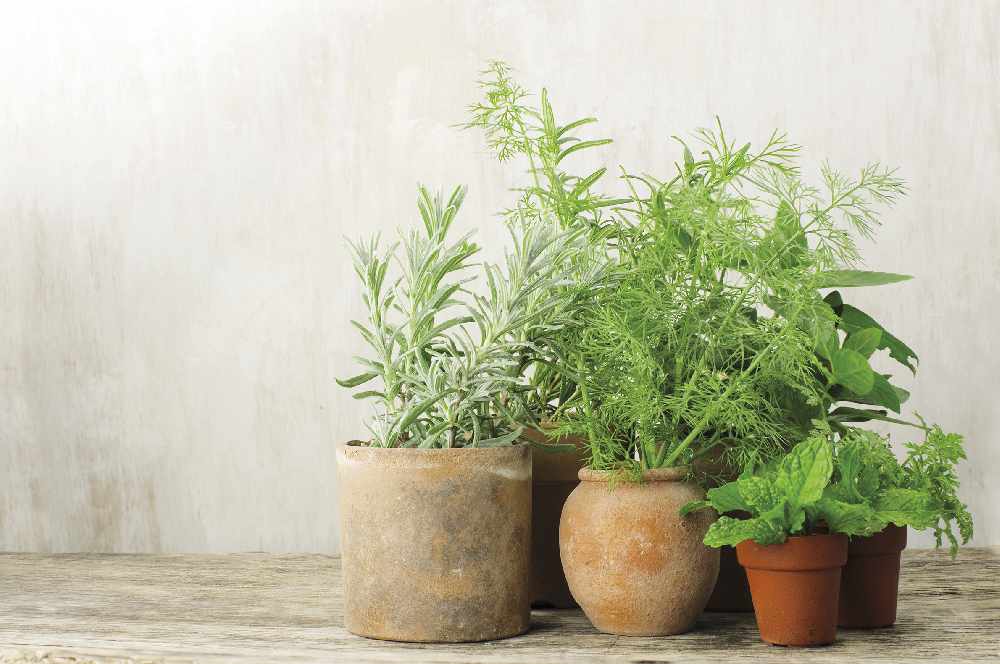

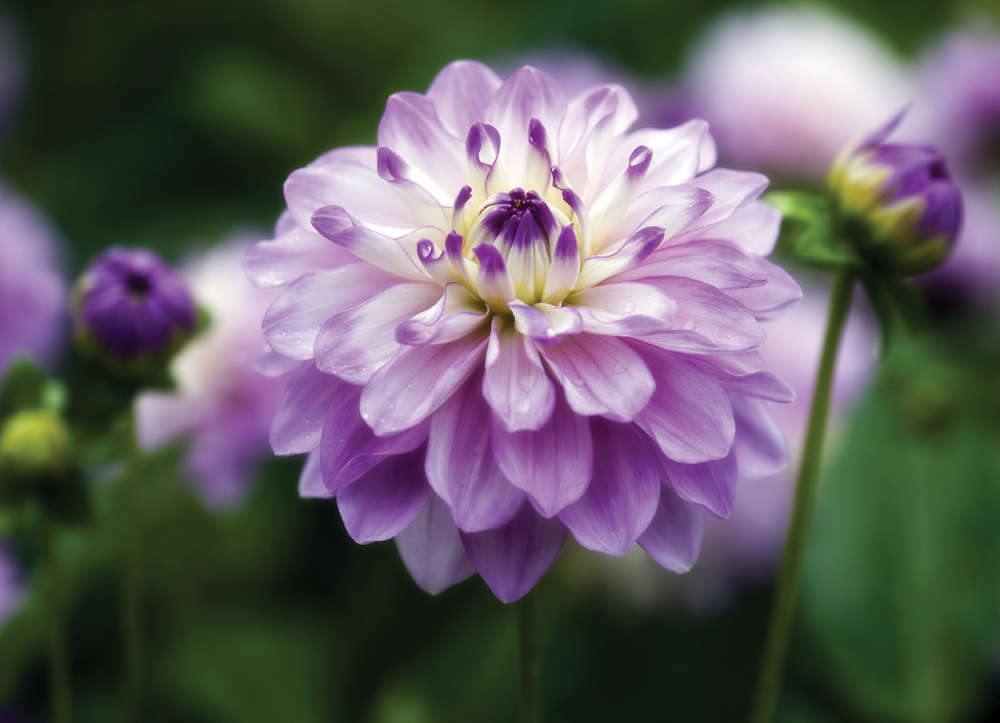 Blooming Times: Dahlia Mania
Blooming Times: Dahlia Mania
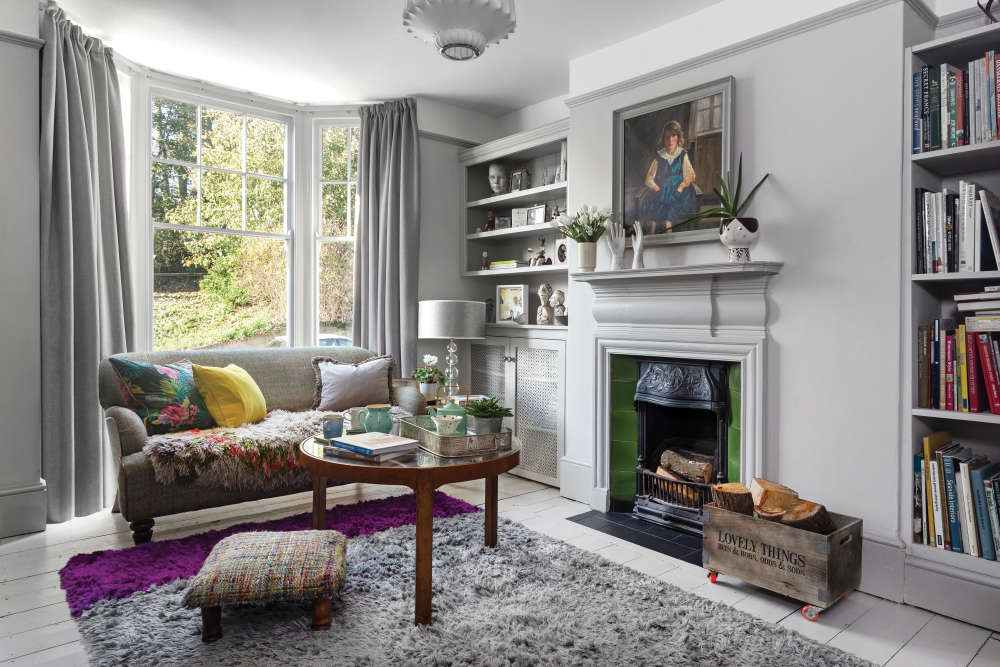 Home Style: Time to Heal
Home Style: Time to Heal
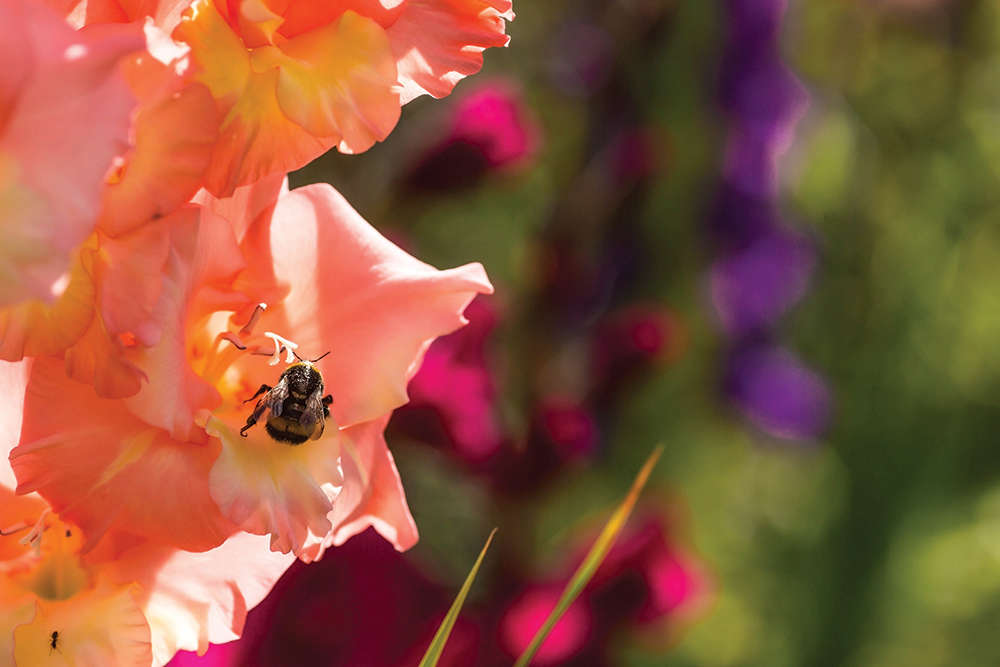 Blooming Times: Spring into Summer
Blooming Times: Spring into Summer
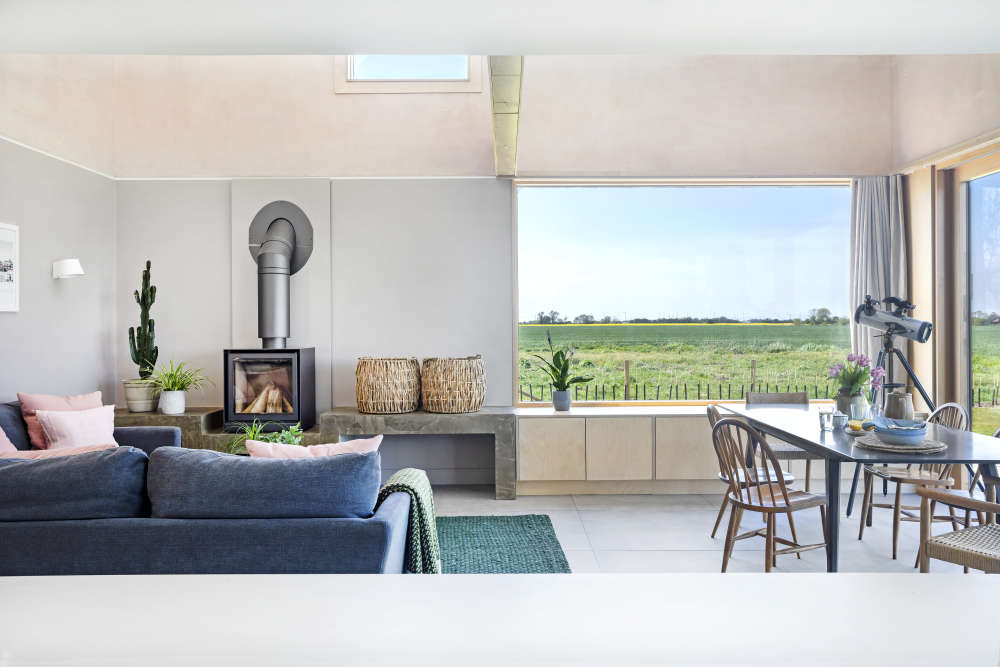 Home Style: Farm Stay
Home Style: Farm Stay
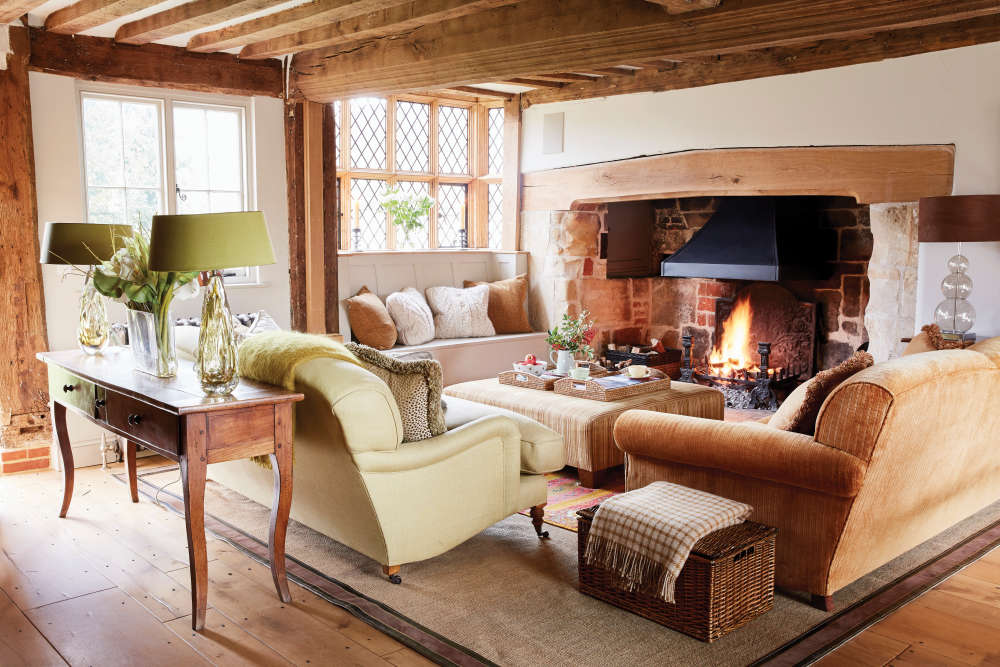 Home Style: Romantic Vision
Home Style: Romantic Vision
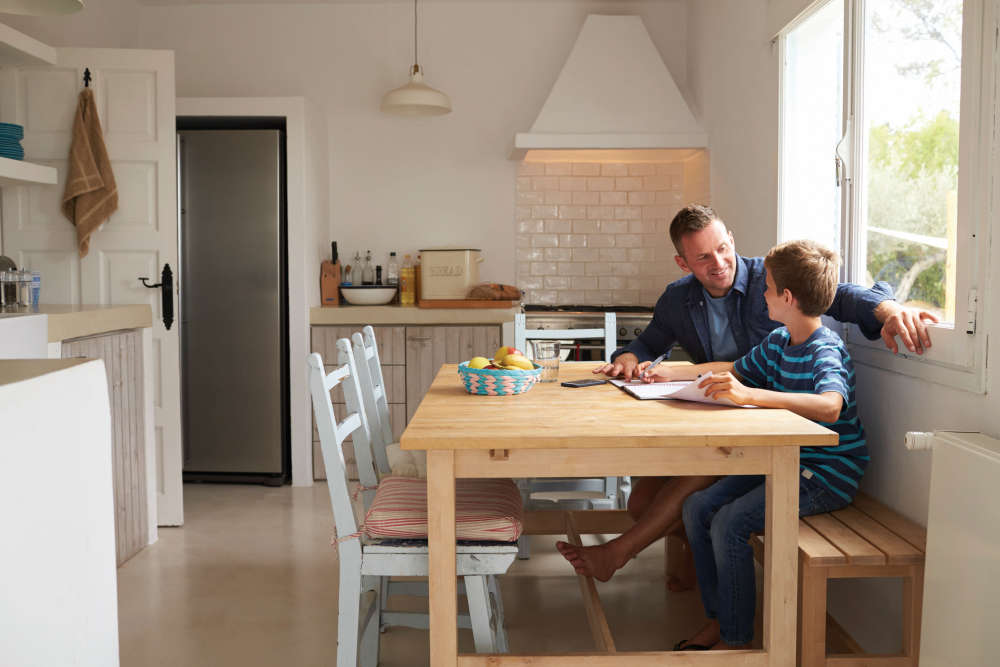 Homes Extra: Dining Style
Homes Extra: Dining Style
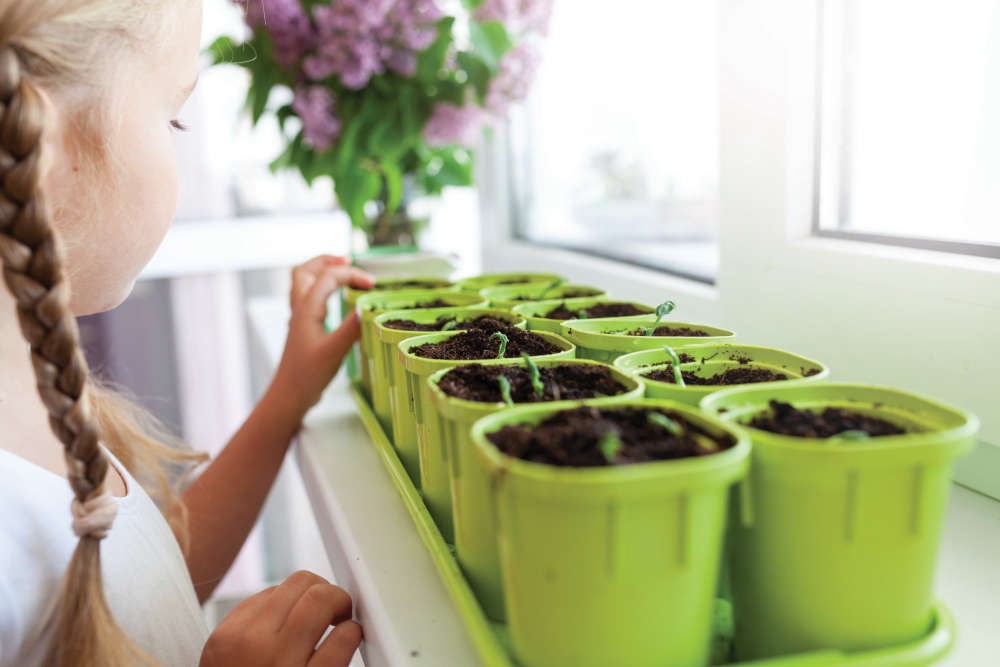 Blooming Times: Spring Fever
Blooming Times: Spring Fever
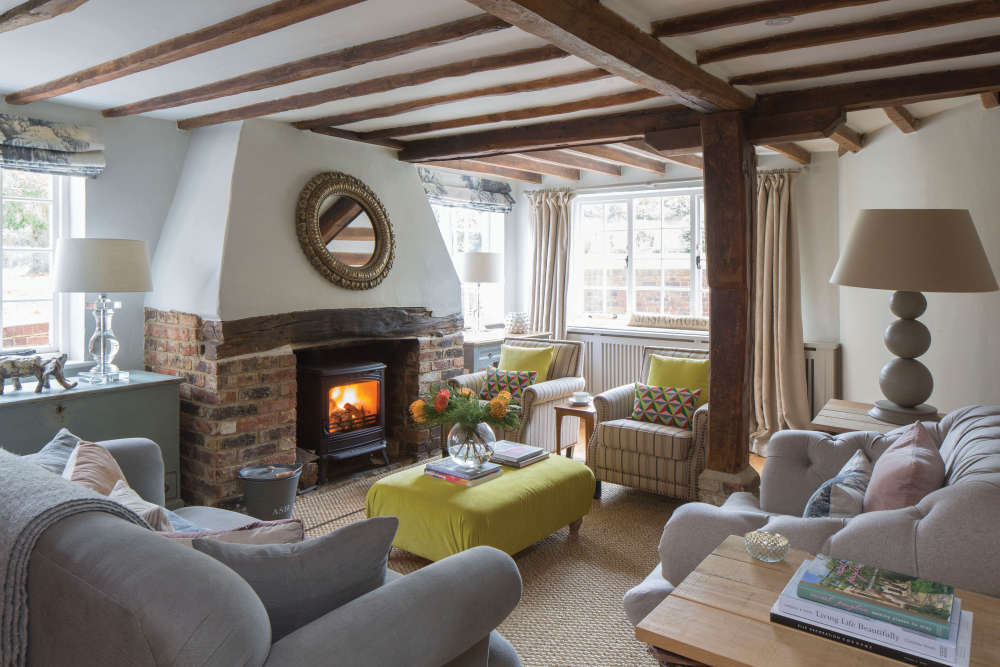 Home Style: Forest Idyll
Home Style: Forest Idyll
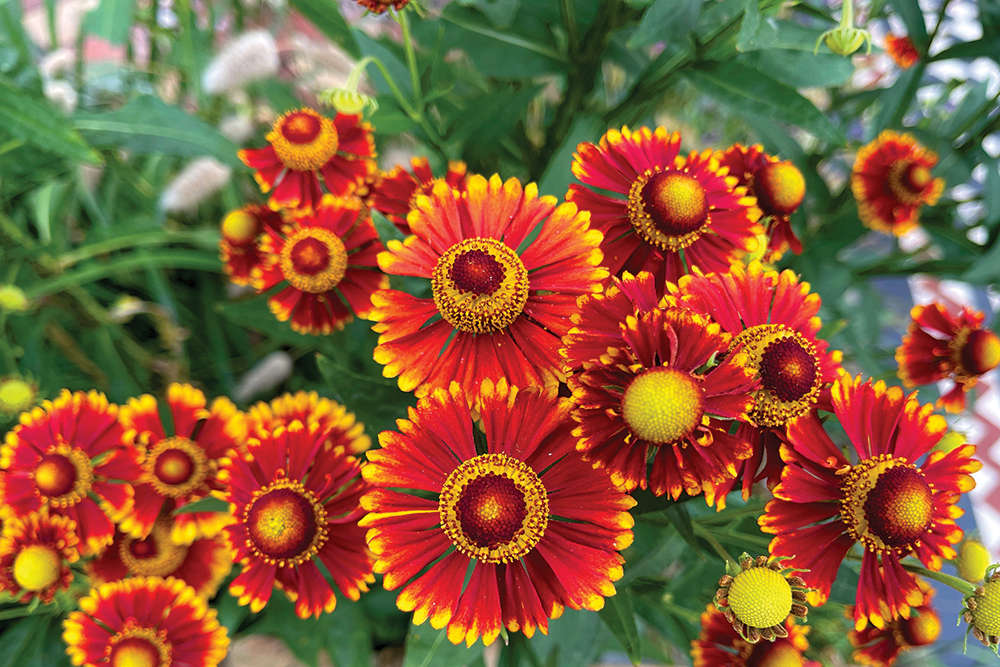 Blooming Times: What's in a Name?
Blooming Times: What's in a Name?
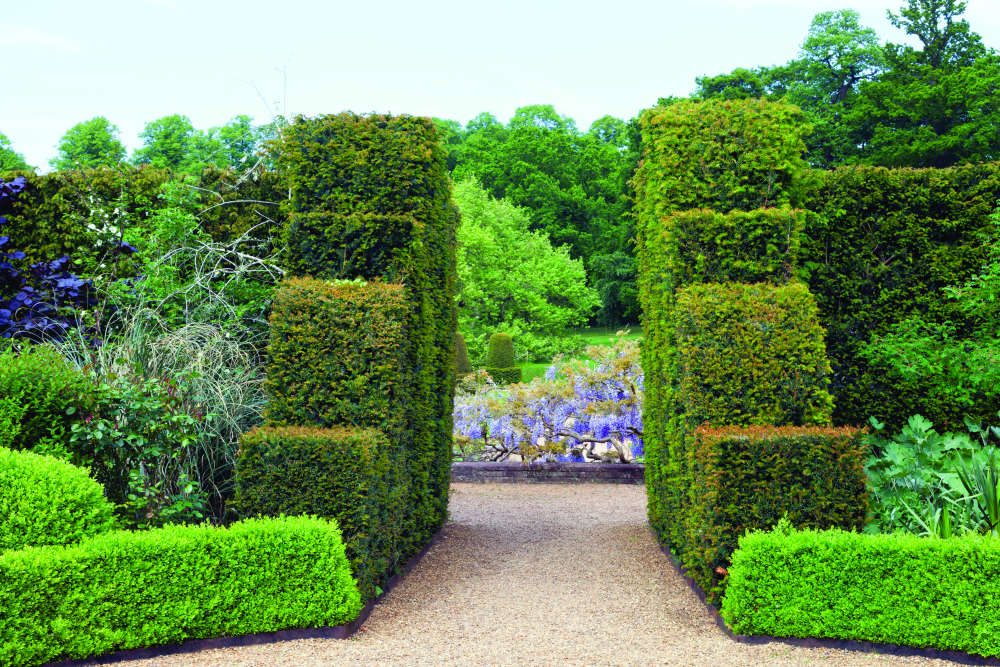 Gardening: The Benefits of Hedges
Gardening: The Benefits of Hedges
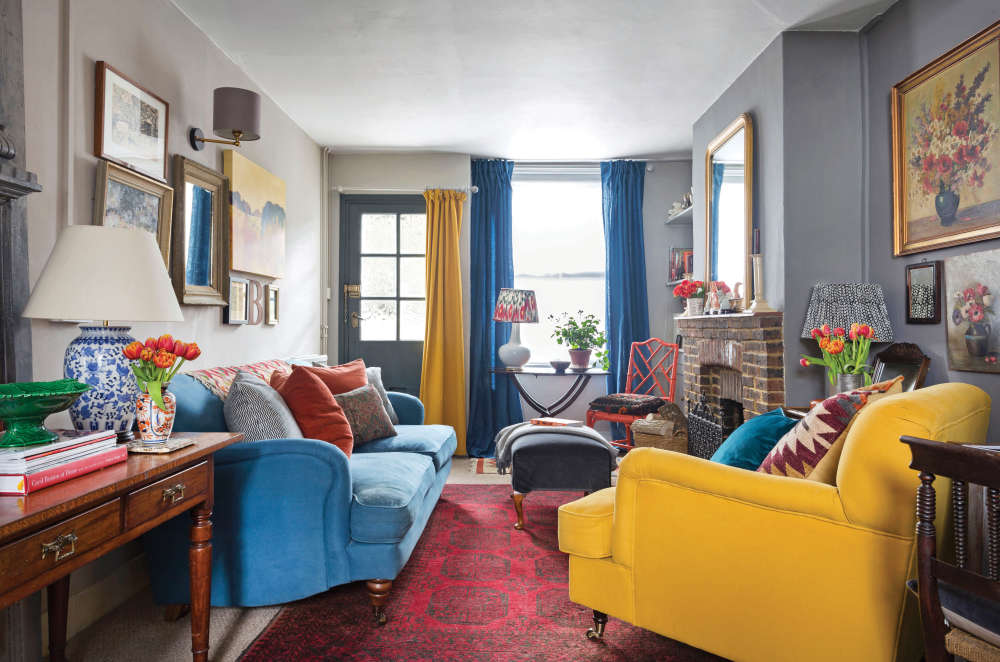 Home Style: Treasure Trove
Home Style: Treasure Trove
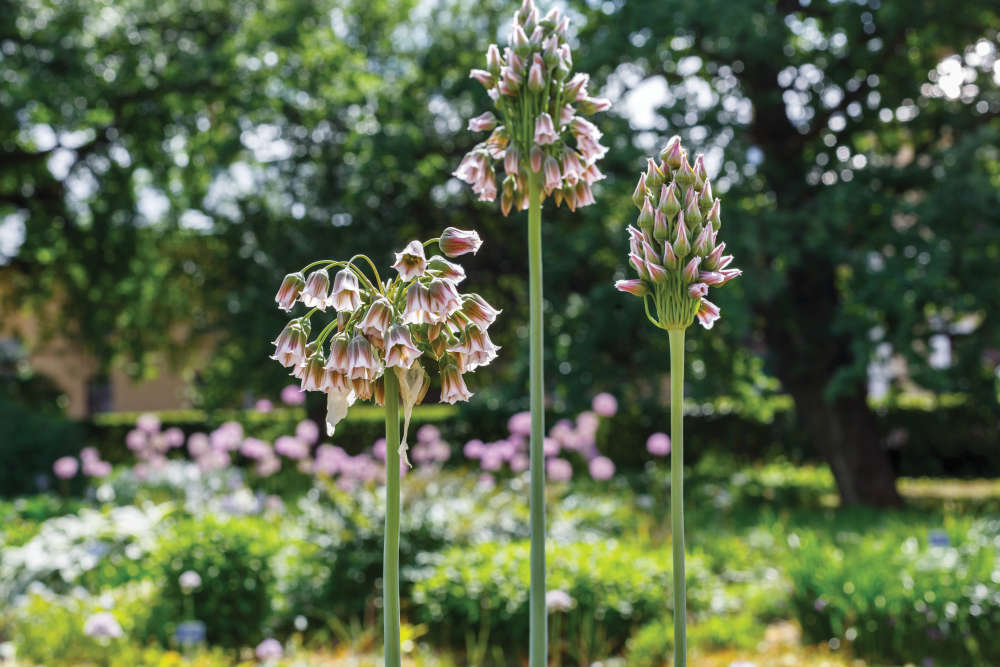 Blooming Times: Awesome Alliums
Blooming Times: Awesome Alliums
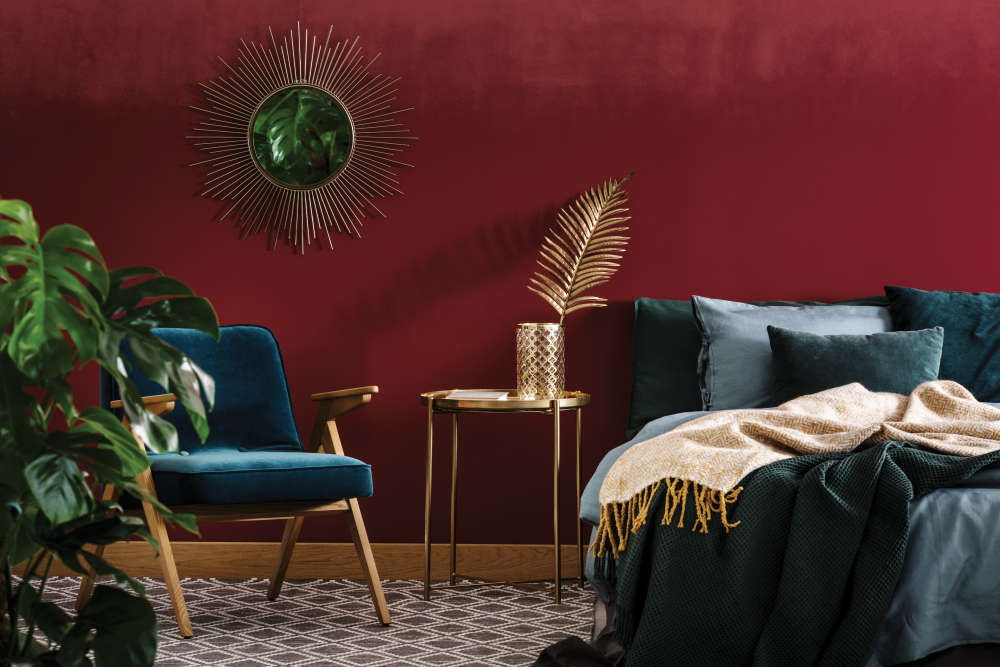 Homes Extra: Truly, Madly, Deeply
Homes Extra: Truly, Madly, Deeply
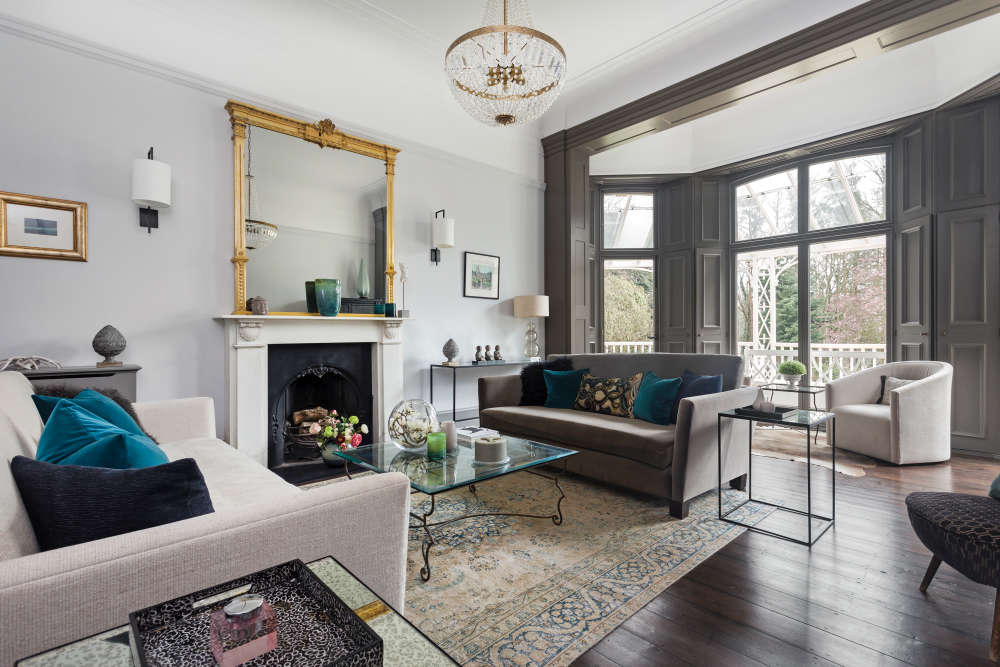 Home Style: Clear Vision
Home Style: Clear Vision
 Homes Extra: Parasol Power
Homes Extra: Parasol Power
 Blooming Times Garden Lore - Fact or Fiction?
Blooming Times Garden Lore - Fact or Fiction?
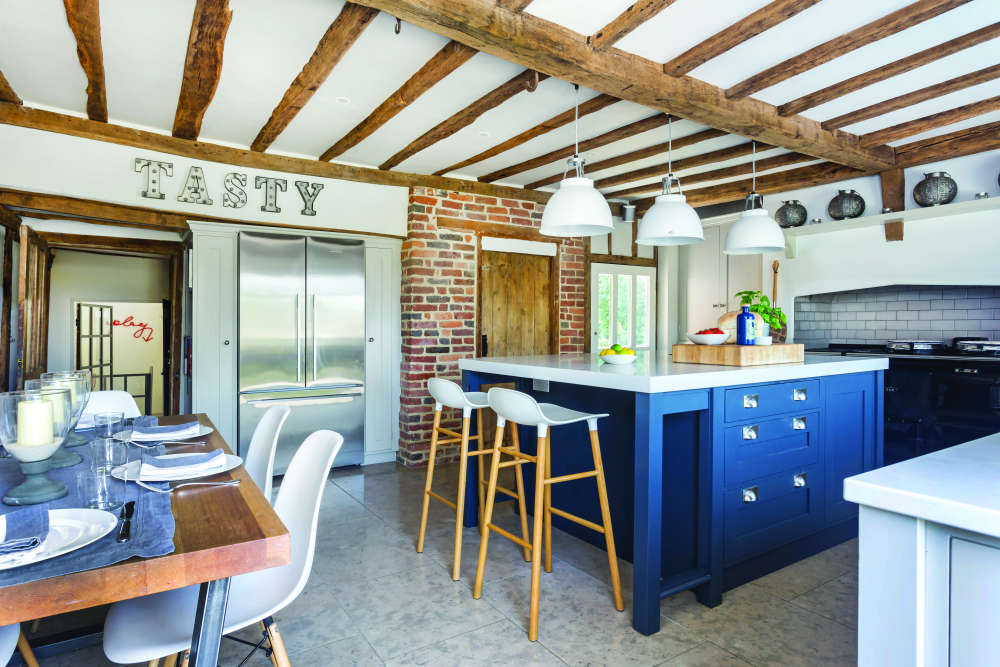 Home Style: Beaming with Happiness
Home Style: Beaming with Happiness
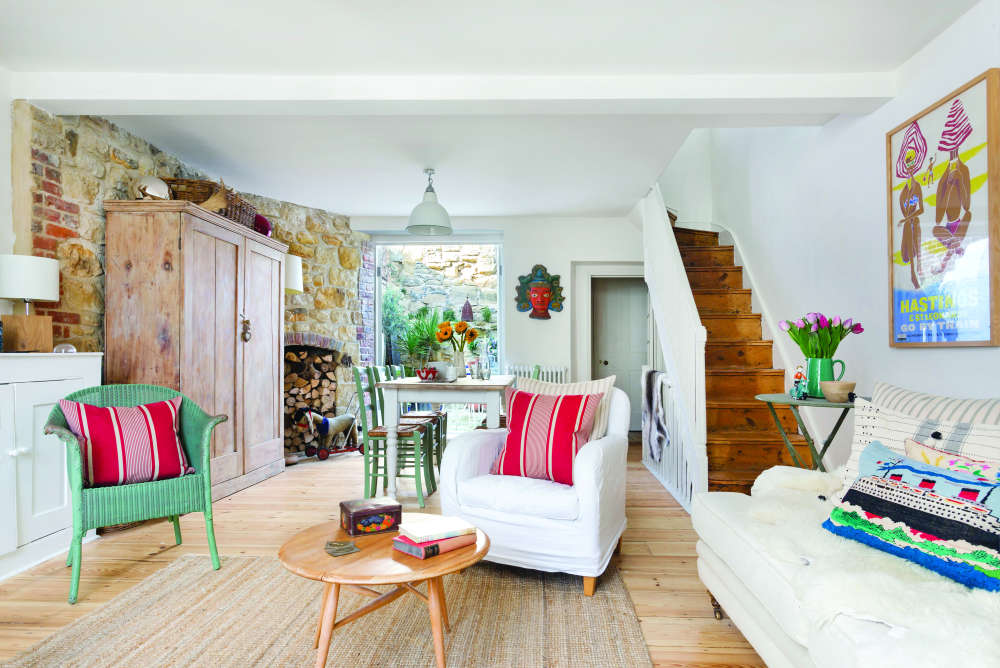 Sussex Homes: Transforming a dark and unloved cottage into a Greek Escape
Sussex Homes: Transforming a dark and unloved cottage into a Greek Escape
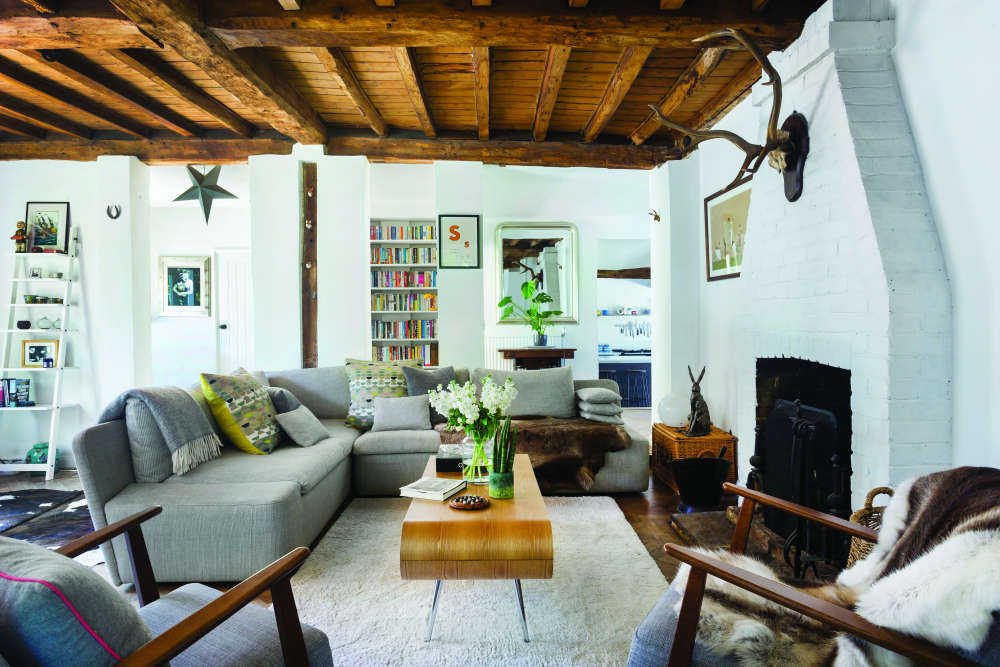 Sussex Homes: Transforming a once unloved oast into a colourful and funky family abode
Sussex Homes: Transforming a once unloved oast into a colourful and funky family abode
 7 Sustainable Design Tips For Hosting A Glorious Summer Garden Party
7 Sustainable Design Tips For Hosting A Glorious Summer Garden Party